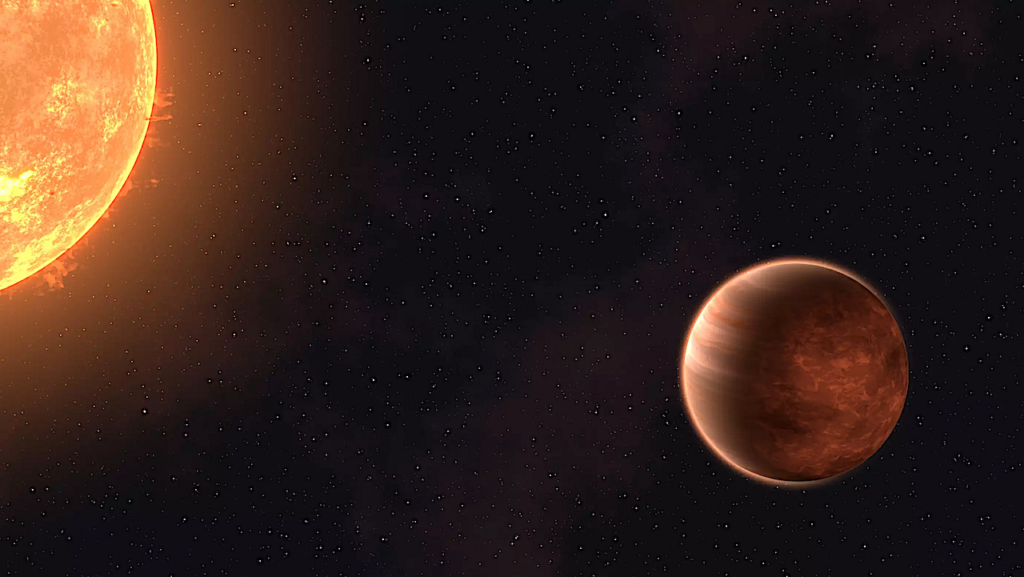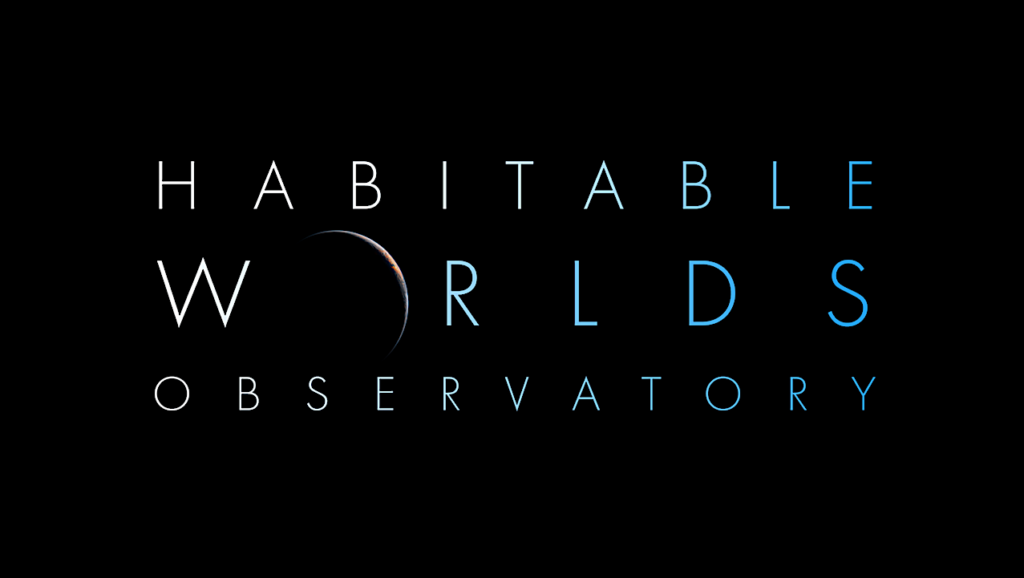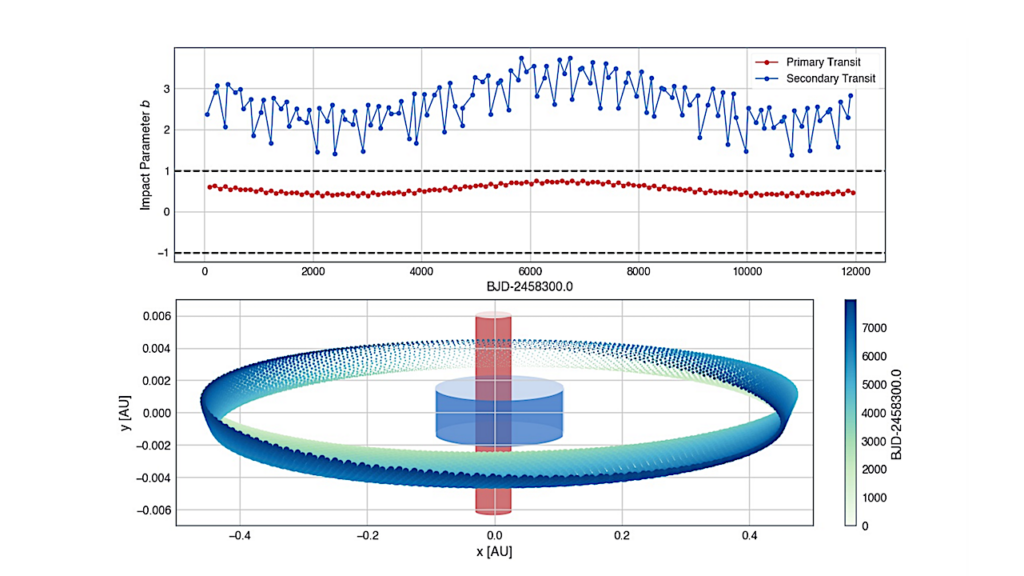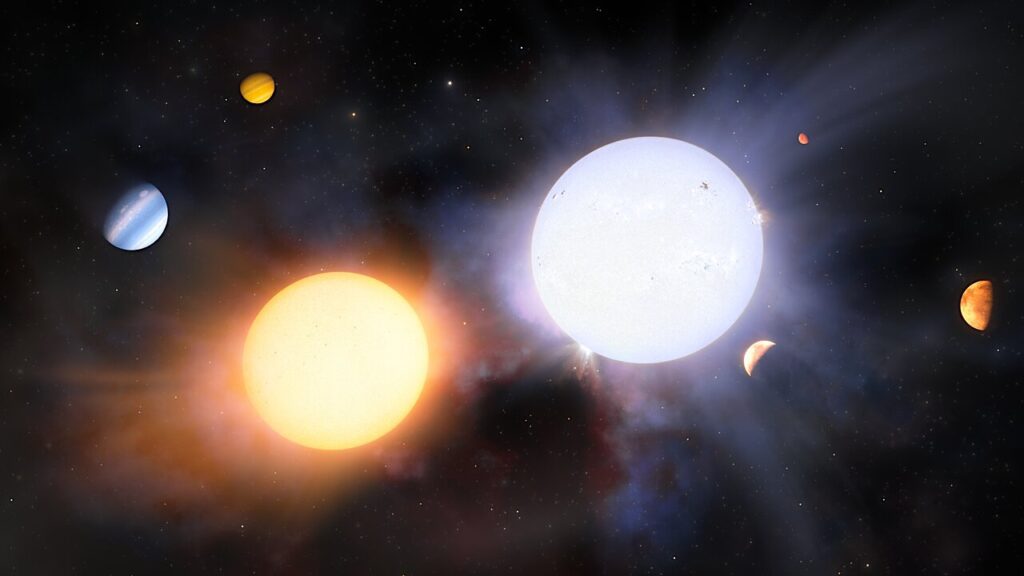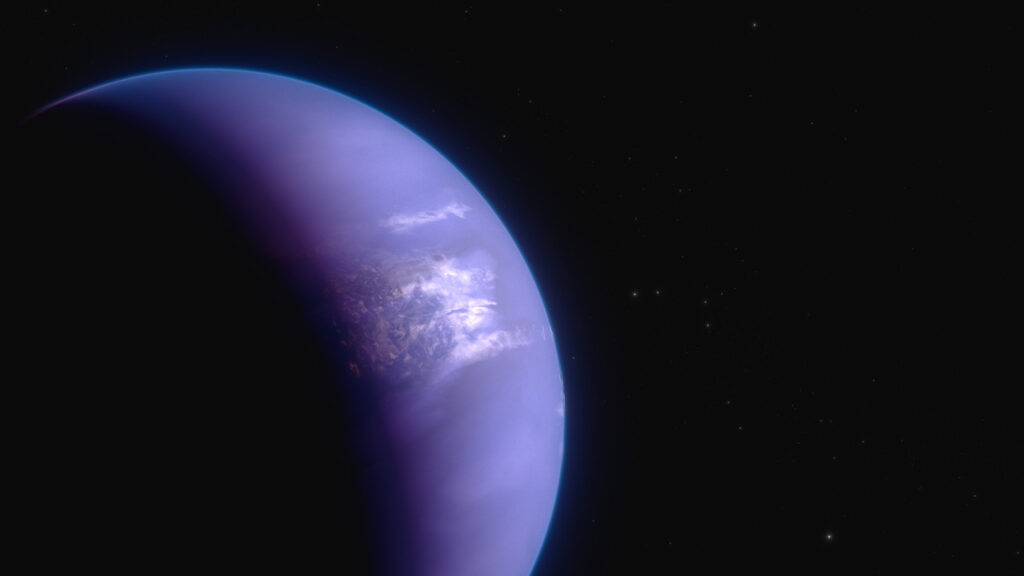Citizen Scientists Help Discover A Habitable Zone Exoplanet In A Binary Star System

A team of astronomers and citizen scientists has discovered a planet in the habitable zone of an unusual star system, including two stars and potentially another exoplanet.
The planet hunters spotted the Neptune-like planet as it crossed in front of its host star, temporarily dimming the star’s light in a way akin to a solar eclipse on Earth. This ‘transit method’ usually identifies planets with tight orbits, as they are more likely to follow paths that put them between Earth and their host star and, when following such paths, move into light-blocking positions more frequently.
That’s why this newly discovered planet is considered unusually far out, with the planet taking 272 days to lap its star. Furthermore, the star is now by far the brightest one known to host a transiting planet in the habitable zone where liquid water can exist.
Follow-up observations of the system revealed even more peculiarities. The star is also orbited by a still unconfirmed second planet with a 34-day orbit and, perhaps most interestingly, another star. The unique system provides a valuable data point for scientists trying to understand how planets form and remain in stable orbits in multi-star systems. The researchers present their discoveries April 30 in The Astrophysical Journal.

An infographic illustrating new discoveries about a multi-star, multi-planet system. CREDIT Lucy Reading-Ikkanda/Simons Foundation
“Finding planets in multi-star systems is crucial for our understanding of how you can make different planets out of the same material,” says study lead author Nora Eisner, a research fellow at the Flatiron Institute’s Center for Computational Astrophysics in New York City.
Systems of stars and planets form when clouds of gas and dust begin clumping together. When a star forms alongside another star, the pair can form a binary star system. Because planets are estimated to be half as likely to form in a binary star system compared to single-star systems, Eisner says “it’s quite exciting that we found this one.”
The newfound planet — formally called TOI 4633 c, but nicknamed Percival (after a character from the “Harry Potter” book series) by the scientists — was first identified by citizen scientists sifting through data collected by NASA’s Transiting Exoplanet Survey Satellite (TESS). The Planet Hunters TESS program enables anyone with a computer connected to the internet to search for undiscovered planets in the TESS data.
“Every time I spot a possible transit, I can feel my heart beat faster and my excitement rise extensively,” says Simon Bentzen, a Danish citizen scientist who has volunteered with Planet Hunters TESS since 2018. “I’m very happy that I helped find the new system. I hope that the new planets can help contribute to our understanding of planet formation and help answer other interesting planetary questions.”
The citizen scientists help the astronomers sort through the enormous datasets, which are far too large for researchers to analyze on their own. To date, the project has allowed over 43,000 volunteers from 90 countries to help catalog some 25 million objects. Citizen scientists are particularly invaluable in finding long-orbit exoplanets because these objects are hard for computers to identify.
“The human brain has a really incredible ability to recognize patterns and to filter out noise,” says Eisner, who is the principal investigator of Planet Hunters TESS. “While our algorithms struggle to identify these longer-period planets, the citizen scientists don’t.”
After 15 citizen scientists flagged the possible planet, Eisner and her team decided to take a closer look. Follow-up study of the star’s radial velocity — which looked for tiny wobbles in the star’s movement that reveal the gravitational tug of nearby companions — showed a potential second planet close to the star.
Further images and archival data revealed that what the scientists first thought was a single star is in fact two. The two co-orbiting stars are currently too close together to be distinguished individually from our vantage point on Earth. However, archival observations of the star collected over the past 119 years showed that the system is indeed a pair of binary stars.

The three transits of TOI 4633 c. Nominal TESS observations are shown in light gray while solid circles represent 60 minutes binned data.
The new exoplanet has the second-longest orbit of any planet discovered with TESS data and is one of only five with orbits longer than 100 days. “This planet is remarkable in many aspects,” Eisner says. “It’s remarkable in its orbit, it’s remarkable for being in the habitable zone and it’s remarkable for orbiting a bright star.”
While the scientists do think the planet is in the habitable zone, they would not advise it as a destination for your next interstellar vacation. TOI 4633 c has no solid surface, and the atmosphere is probably thick with water vapor, hydrogen and methane. However, previous studies have shown that long-period planets are more likely to have satellites or moons, which may offer solid surfaces for life to take hold.
“If this planet were to have a moon, that moon would likely have a solid surface, which could then be a great place to find water,” Eisner says. In the future, the exoplanet could be targeted by exomoon detection campaigns given the system’s brightness and the planet’s long orbit, both of which are helpful for exomoon detection.
While scientists are keen to learn more about this system, it will be at least 30 years before the two stars are far enough apart for them to determine the exact layout of the stellar system. Confirming whether the planets orbit the same star or different ones could help improve our understanding of how long such systems can remain stable. It could also help scientists make better predictions for finding new exoplanets. Indeed, nearly half of all sunlike stars occupy multi-star systems.
“If we were able to constrain where the planets orbit, it would really offer a stepping stone to open up our understanding of exoplanet formation,” Eisner says. “It could also possibly help us someday be able to look at a star and its properties and make some guesses about what planets are potentially orbiting in that system.”
Eisner encourages people interested in volunteering with Planet Hunters TESS to check out the project’s website.
ABOUT THE FLATIRON INSTITUTE
The Flatiron Institute is the research division of the Simons Foundation. The institute’s mission is to advance scientific research through computational methods, including data analysis, theory, modeling and simulation. The institute’s Center for Computational Astrophysics creates new computational frameworks that allow scientists to analyze big astronomical datasets and to understand complex, multi-scale physics in a cosmological context.
Planet Hunters TESS. V. A Planetary System Around a Binary Star, Including a Mini-Neptune in the Habitable Zone, The Astronomical Journal (open access)
Astrobiology


